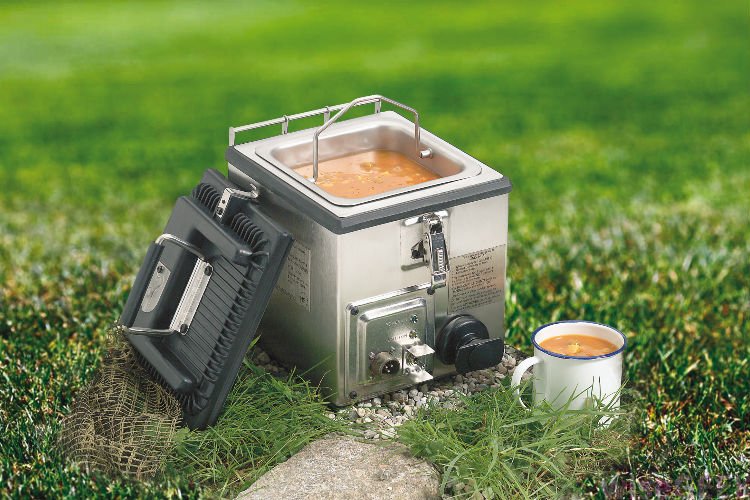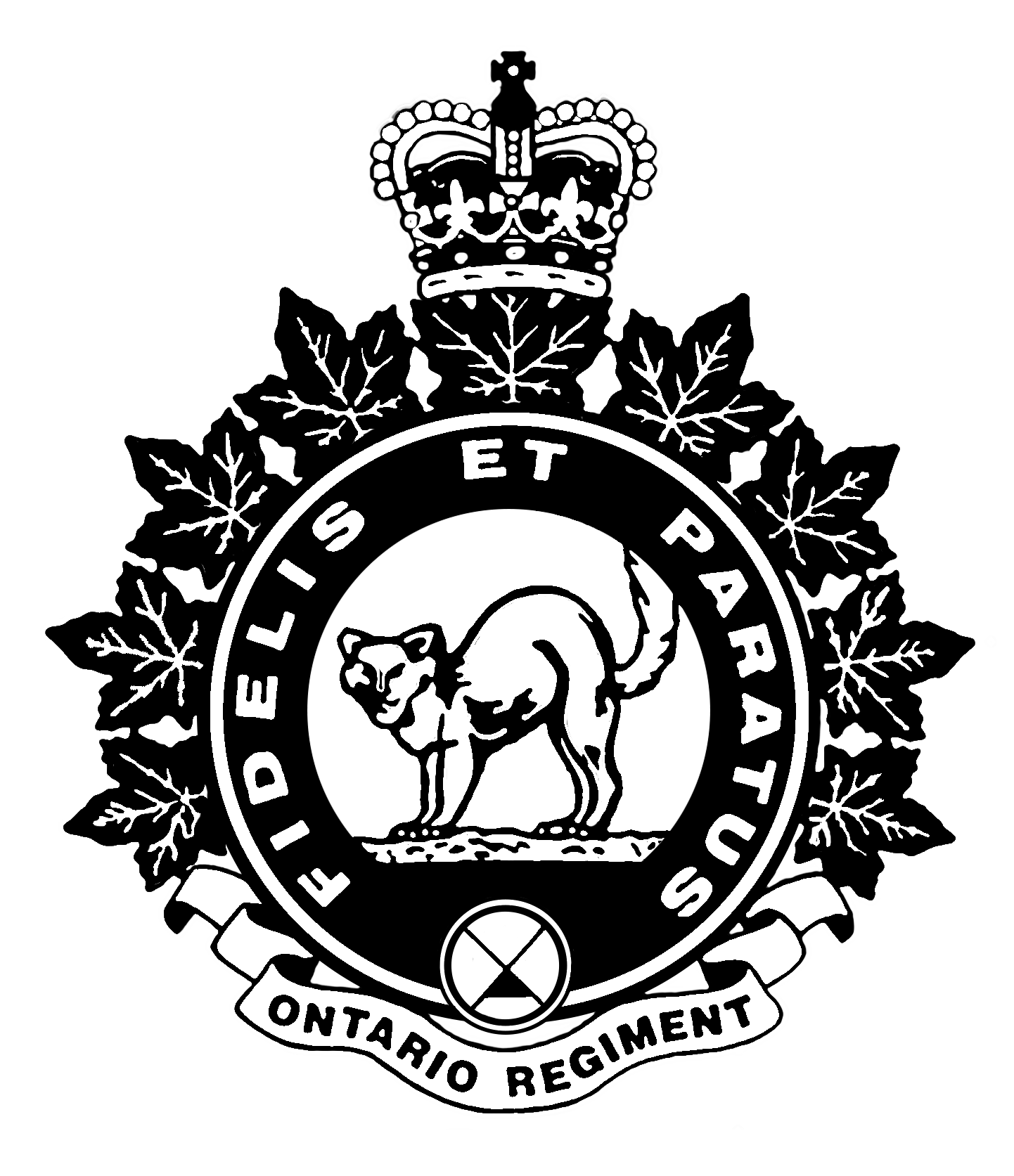During the Second World War, it was reported that British tank crew often stopped their tanks during battles in order to jump out and brew tea. The standard (and very unofficial) method of doing this was to use a “Benghazi Burner”. This was a pipe or cut down fuel can filled with sand. Petrol (or gas) would be poured onto the sand and then set alight. Obviously, leaving the protection of the tank for tea was a less than optimal solution.

On 13 June 1944, this was proven in action. A squadron of the 4th County of London Yeomanry stopped a mile outside of village of Villers-Bocage (18 miles from Caen). While the officers attended a briefing in a nearby house, the crews conducted a “brew-up” not noticing a German Tiger 200m away. The Tiger was commanded by Michael Wittman. Just after 0900, he and three other Tigers attacked. First to be hit was a Sherman Firefly, quickly followed by three Cromwells. One Firefly backed into a nearby street only to find that they had forgotten their gunner. The British lost fourteen tanks, nine half-tracks, four gun carriers and two anti-tank guns. This took just 15 minutes.
When the Centurion Tank was developed near the end of the war, designers included a new device in the turret. Known as the “Vessel, Boiling, Electric” or BV (Boiling Vessel), it is a device that runs off of the turret’s electrical system and heats water. This simple device not only kept the crew within the safe confines of the tank, but also provided the ability to heat their food – as long as the food comes in cans or mylar pouches and can sit in the hot water to warm up.
The current system is built by Electrothermal Engineering of Rochford, Essex and has the exciting name “Cooking Vessel FV706656”. It is installed in most British AFVs including Challenger 2 tanks, FV432, MAN trucks, and Warrior, Warthog, Mastiff, Jackal and Foxhound as well as CVR(T) and CVR(W) vehicles.

It consists of four primary components: The heater assembly – a cubic aluminum or stainless steel box that holds the controls and the heating unit. This is what is filled with water and has a handy tap for dispensing hot water. The Inner container – A stainless steel bucket that fits into the heater assembly and holds the food for heating (this is usually one of the first pieces of kit that is “lost”). The Power cord to connect the Heater to the turret electrical system. Full specification and instructions are here : http://www.electrothermal.com/adminimages/M6831_RAK15_2_iss2.pdf.
The American Army had the same devices installed in Bradley and Abrams but renamed them “Heater, Water and Ration”. The only Canadian vehicles to have the BV installed, is the Cougar AVGP and the LAV III.


